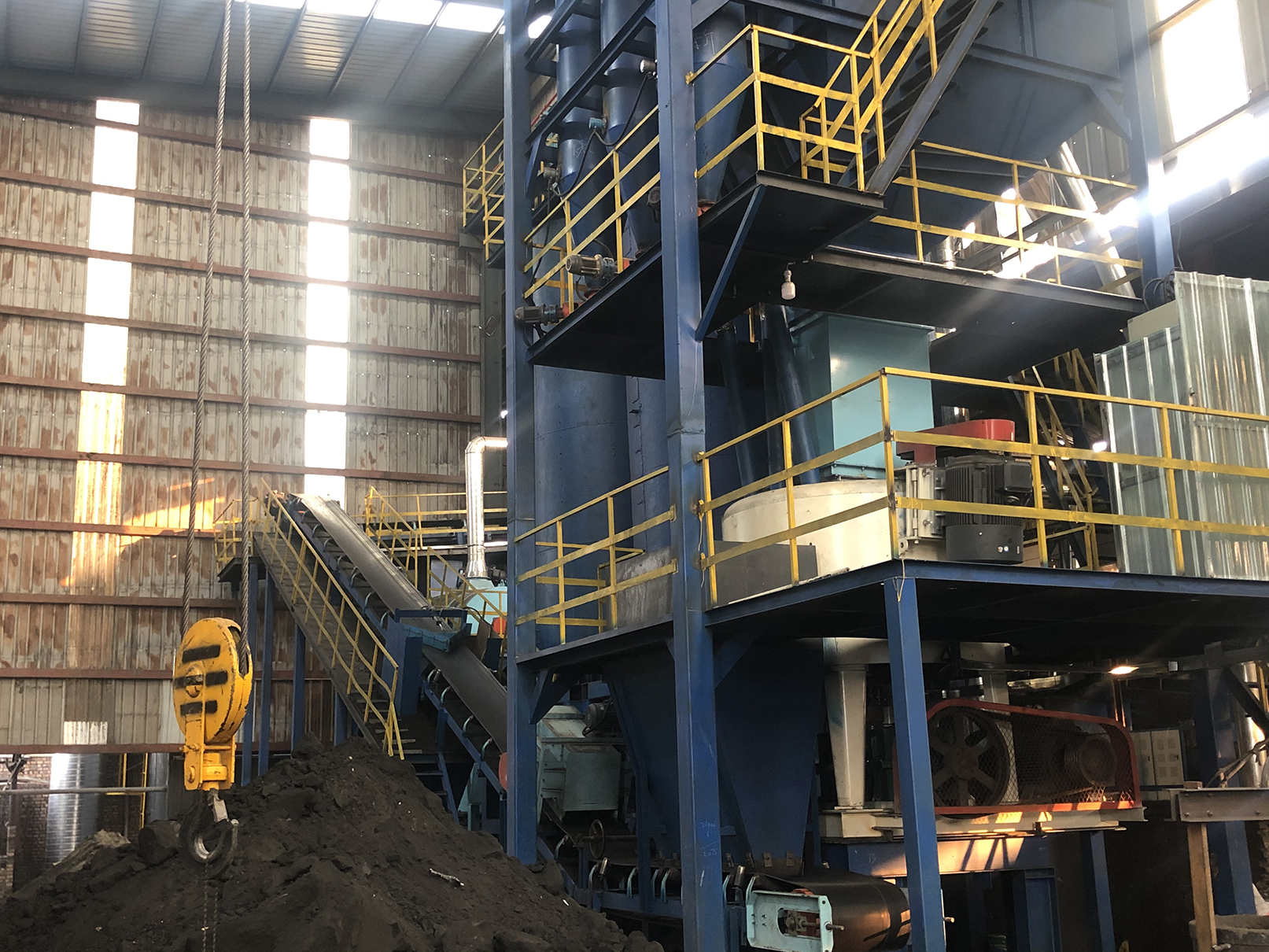- Afrikaans
- Albanian
- Amharic
- Arabic
- Armenian
- Azerbaijani
- Basque
- Belarusian
- Bengali
- Bosnian
- Bulgarian
- Catalan
- Cebuano
- China
- China (Taiwan)
- Corsican
- Croatian
- Czech
- Danish
- Dutch
- English
- Esperanto
- Estonian
- Finnish
- French
- Frisian
- Galician
- Georgian
- German
- Greek
- Gujarati
- Haitian Creole
- hausa
- hawaiian
- Hebrew
- Hindi
- Miao
- Hungarian
- Icelandic
- igbo
- Indonesian
- irish
- Italian
- Japanese
- Javanese
- Kannada
- kazakh
- Khmer
- Rwandese
- Korean
- Kurdish
- Kyrgyz
- Lao
- Latin
- Latvian
- Lithuanian
- Luxembourgish
- Macedonian
- Malgashi
- Malay
- Malayalam
- Maltese
- Maori
- Marathi
- Mongolian
- Myanmar
- Nepali
- Norwegian
- Norwegian
- Occitan
- Pashto
- Persian
- Polish
- Portuguese
- Punjabi
- Romanian
- Russian
- Samoan
- Scottish Gaelic
- Serbian
- Sesotho
- Shona
- Sindhi
- Sinhala
- Slovak
- Slovenian
- Somali
- Spanish
- Sundanese
- Swahili
- Swedish
- Tagalog
- Tajik
- Tamil
- Tatar
- Telugu
- Thai
- Turkish
- Turkmen
- Ukrainian
- Urdu
- Uighur
- Uzbek
- Vietnamese
- Welsh
- Bantu
- Yiddish
- Yoruba
- Zulu
نويابىر . 05, 2024 11:14 Back to list
grey cast iron
Understanding Grey Cast Iron Properties, Applications, and Manufacturing
Grey cast iron is one of the most widely used materials in engineering and manufacturing, renowned for its excellent castability, machinability, and wear resistance. This alloy, primarily composed of iron, carbon (typically between 2.5% and 4%), and silicon (around 1% to 3%), stands out due to the unique microstructure formed during solidification, leading to its characteristic grey color.
Properties of Grey Cast Iron
The defining feature of grey cast iron is the presence of graphite flakes within its microstructure. These flakes are a result of the silicon content, which promotes the formation of graphite during the cooling process of molten iron. The presence of graphite provides several advantageous properties
1. Damping Capacity Grey cast iron is excellent at absorbing vibrations, making it an ideal choice for applications such as machine bases and frames where stability and reduced noise are essential.
2. Wear Resistance The hard nature of the graphite structure contributes to the wear resistance of grey cast iron, allowing it to perform effectively in high-friction environments.
3. Good Machinability The graphite flakes act as a lubricant during machining, enabling smoother cutting and shaping processes. This characteristic makes grey cast iron easy to work with in manufacturing.
4. Thermal Conductivity With good thermal conductivity, grey cast iron is suitable for applications involving heat transfer, such as engine blocks and cookware.
Applications of Grey Cast Iron
grey cast iron

The versatility of grey cast iron leads to its use in a wide range of applications across different industries
- Automotive Grey cast iron is commonly used in manufacturing engine blocks, cylinder heads, and exhaust manifolds due to its excellent mechanical properties under varying temperatures and pressures.
- Construction This material is utilized in castings for plumbing and drainage systems, as well as structural elements in buildings due to its strength and durability.
- Machinery Many machine components, including gears and frames, are made from grey cast iron because of its ability to withstand wear and impact.
- Art and Design From sculptures to decorative elements, grey cast iron is also employed in artistic applications where aesthetic appeal and structural integrity are required.
Manufacturing Process
The production of grey cast iron typically involves melting scrap iron in a furnace, adding alloying elements such as carbon and silicon, and then pouring the molten metal into molds. The cooling process is critical, as it controls the formation of graphite. The resulting components are cooled slowly to refine the microstructure and optimize the desirable properties of the cast iron.
In conclusion, grey cast iron remains a cornerstone material in engineering and manufacturing due to its unique combination of properties, versatility, and ease of production. Its applications span numerous industries, from automotive to construction, demonstrating its ongoing relevance in modern technology. As innovations in metallurgy continue to evolve, the future of grey cast iron looks promising, with potential enhancements that may further expand its usability and efficiency in various applications.
-
8mm Thin-Walled Cast Steel Manhole Cover Pallet Bottom Ring | Durable
NewsAug.04,2025
-
Premium Cast Iron Water Main Pipe: Durable, Corrosion-Resistant
NewsAug.03,2025
-
Durable Cast Iron Water Mains | AI-Optimized Systems
NewsAug.02,2025
-
High-Efficiency Propane Boiler for Baseboard Heat | Save Energy
NewsAug.01,2025
-
Premium Source Suppliers for Various Gray Iron Castings
NewsJul.31,2025
-
Durable Cast Iron Water Main Pipes | Long-Lasting
NewsJul.31,2025


